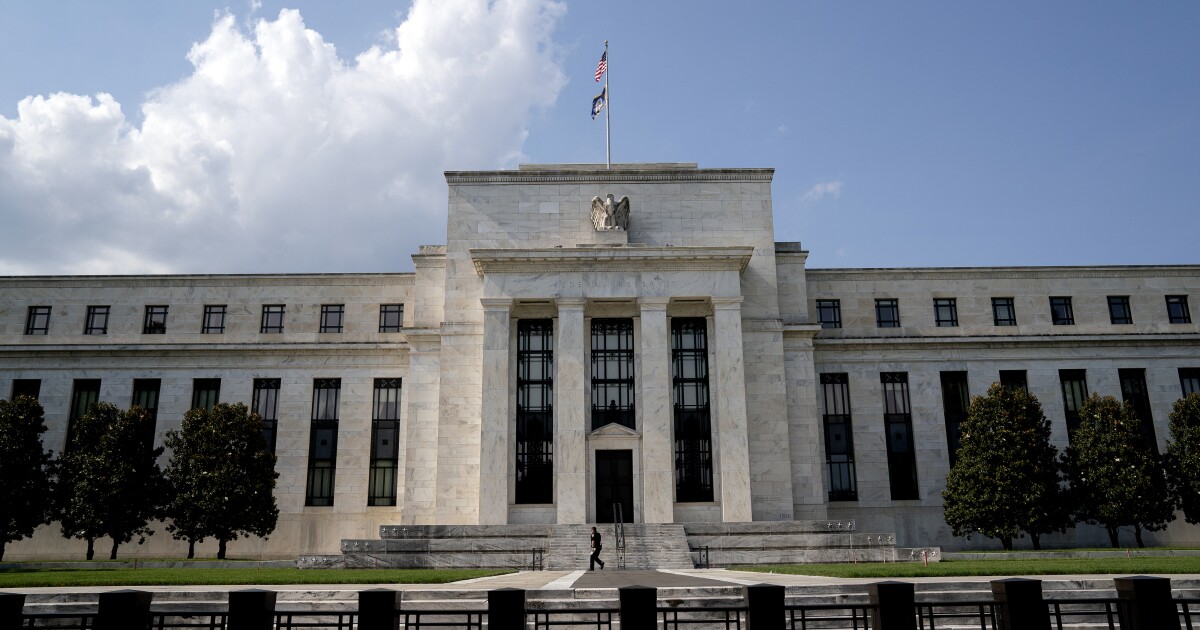
Overnight funding markets may be on their own during the next bout of turbulence as a key Federal Reserve backstop is unable to support the entire space unless upgrades are made, according to Barclays Plc.
The Standing Repo Facility, or SRF, is used by eligible banks and primary dealers to borrow funds overnight in exchange for Treasury and agency debt. By providing financing at rates set by the Fed, the goal is to contain the overall repo market from pushing outside the central bank's target range.
But its limitation was on display on the final trading day of September. When liquidity ebbed, eligible counterparties tapped the SRF, whose rate was then 5%, for $2.6 billion. While that was the highest level since before the daily operations were made permanent more than three years ago, it paled in comparison to the $94 billion of Treasury general collateral repo that went through at an average rate of 5.22% in the market and $74 billion of mortgage-back security general collateral that traded at an average 5.45%, according to Wrightson ICAP.
The relatively low use and inability to contain rates is in part because the program targets only a part of the broader repo market. SRF operates in uncleared client-to-dealer tri-party transactions, one of three segments in the market, Roberto Perli, manager of the System Open Market Account at the New York Fed, said
The narrow focus excludes the portions of the market where dealers redistribute cash raised in the so-called tri-party market, in particular the segments most affected by balance-sheet capacity, leaving those portions to self-correct during periods of instability, according to Barclays strategist Joseph Abate.
"The Fed might consider modifications to the SRF to ensure that funding can be redistributed from dealers to their clients," Abate wrote. "In the absence of any discussion of changes to the SRF, it seems that the population of this 'acronym-riddled island' might be on its own so long as repo pressure is concentrated" in dealer-to-client (delivery-versus payment, or DVP) segment rather than uncleared tri-party market, he said.
Dallas Fed President Lorie Logan said last month policymakers could consider centrally clearing the SRF, which would reduce counterparties' cost of intermediating funding to the broader market. That has the potential to boost usage and improve market functioning.
The focus on the SRF comes at a critical moment given that funding markets have grown
During the market turmoil in September 2019 and March 2020, shocks first emerged in DVP, where dealers' clients struggled to raise financing. When costs became too expensive, they were forced to sell off positions and led to a pile-up of securities on balance sheets that reduced intermediation capacity.
For now, bank reserves remain abundant and pressures in the repo market don't appear to be close to the point they would start affecting the Fed's benchmark rate, which means there's still room for policymakers to continue shrinking the balance sheet, a process known as quantitative tightening.
"All in all, outside of a sloppy September quarter-end, there is nothing to see in money markets," Abate said. "Smooth seas with occasional whitecaps prevail."



